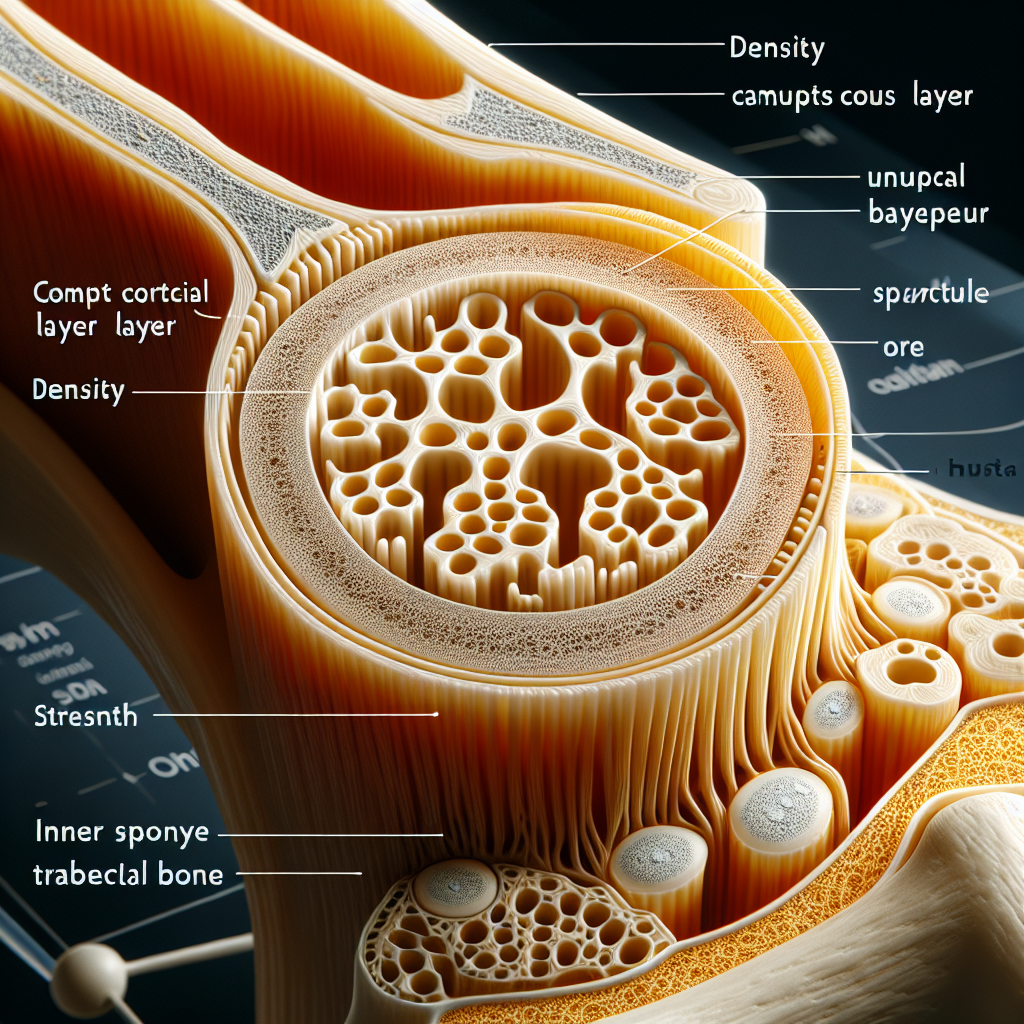High-impact sports such as basketball, soccer, and gymnastics can be thrilling to participate in and exhilarating to watch. They challenge the body, improve cardiovascular endurance, and build muscle strength. However, the effects of these activities on bone health are not always at the forefront of discussions. It’s crucial to understand how high-impact sports can influence bone density, the risk of fractures, and overall skeletal integrity, especially since our bones are the support system of our body.
High-Impact Sports and Bone Density
Bone density, a measure of the amount of mineral matter per square centimeter of bones, is an essential indicator of bone strength and overall bone health. Physical activities, particularly weight-bearing and high-impact exercises, are known to stimulate bone growth and improve bone density. When the body is subjected to the stresses of high-impact sports, it responds by fortifying the bone structure to withstand those forces. This process is known as bone remodeling, where bone tissue is continually being broken down and rebuilt.
For adolescents and young adults, engaging in high-impact sports can be particularly beneficial for peak bone mass attainment. Peak bone mass refers to the maximum bone density and strength reached before age 30, which can serve as a "bone bank" for the future, decreasing the risk of osteoporosis and bone fractures later in life.
However, while the benefits are significant, there is a delicate balance to maintain. Excessive or improper high-impact activity can lead to stress fractures and other injuries. This risk underscores the importance of proper technique, conditioning, and equipment, as well as understanding the limits of one’s body.
For more comprehensive insights into bone health and the ways to maintain it, readers may find valuable information on Avix Health’s Bone Health page.
The Role of Nutrition and Lifestyle in Supporting Bone Health
Nutrition plays a vital role in bone health, particularly in the context of high-impact sports. Calcium and vitamin D are crucial for maintaining bone density, as they are fundamental building blocks of bone tissue. Athletes should ensure that their diet includes adequate amounts of these nutrients to support bone remodeling and repair.
Lifestyle factors also have a significant impact. Smoking and excessive alcohol consumption can impede the body’s ability to absorb calcium, leading to weaker bones and a higher likelihood of injuries. Moreover, maintaining a healthy weight is critical since being underweight can lead to bone loss, while being overweight can put additional stress on the bones.
Further exploration of the role of nutrition and other lifestyle factors can be found in the article The Role of Zinc in Bone Health and Immunity, which delves into the importance of micronutrients in bone integrity.
Understanding the Risks and How to Mitigate Them
While high-impact sports can strengthen bones, they also come with inherent risks. The repetitive stress on bones and joints may lead to overuse injuries, including stress fractures. These fractures are tiny cracks in the bone that can occur when the muscles are fatigued and unable to absorb added shock, transferring the stress to the bone.
To mitigate these risks, athletes should incorporate cross-training into their routine, allowing bones and muscles to recover and reducing the likelihood of injury. Adequate rest, proper hydration, and a balanced diet are also crucial in supporting the body’s recovery processes.
For those interested in understanding the risks associated with bone density and athletics, reading about Bone Density Challenges in Adolescent Athletes can provide further insights into managing and preventing potential issues.
The Importance of Medical Monitoring and Professional Guidance
Engaging in high-impact sports warrants regular medical check-ups to monitor bone health. Bone density scans can provide valuable insights into bone strength and help identify potential issues before they become severe. Additionally, working with sports medicine professionals and coaches can ensure that athletes use proper techniques and follow training regimens that are tailored to their individual needs and limits.
In the context of medical monitoring, it’s also essential to consider the impact of chronic conditions on bone health, such as the interplay between Chronic Kidney Disease and Bone Density.
Supporting Research and External Resources
To further underscore the points made in this article, several high-quality, niche resources are available. For example, a study published in the Journal of Bone and Mineral Research investigates the relationship between specific types of physical activity and bone strength. Additionally, the National Osteoporosis Foundation provides guidelines on how different sports and activities influence bone health.
For tailored training regimens that consider bone health, resources such as The American College of Sports Medicine offer comprehensive guidelines on safe exercise practices. Moreover, in-depth research articles on the biomechanics of high-impact sports and their effects on the skeletal system can be found in the Journal of Sports Sciences.
Conclusion
High-impact sports have a dual relationship with bone health, capable of both strengthening and potentially harming our skeletal system. It is imperative for athletes and those engaged in regular high-impact exercise to understand this complex interaction. By combining a sound understanding of bone physiology with proper training, nutritional support, and medical oversight, individuals can reap the benefits of these dynamic sports while minimizing their risks.
The journey to optimal bone health is multifaceted, encompassing not only physical activity but also lifestyle choices and medical care. With the right approach, high-impact sports can be a powerful ally in maintaining strong, healthy bones throughout life.



